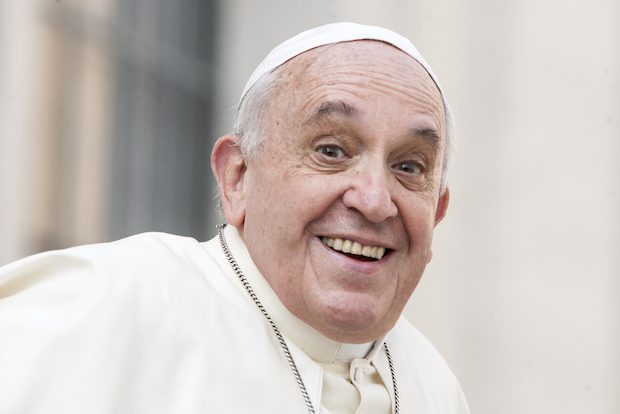R
RCIAGraduate
Guest
East Asia (and I hope the Philippines still holds on).
The PRC, Taiwan, South Korea and Japan have so little in common that they might as well be different planets. Asian countries are like snowflakes.East Asia
No , @JanetF , the town’s population has been stable at around 35 000 .Have the general demographics of your town/city also changed though.
This is true, in my American city, with local parishes. It also is true with the Knights of Columbus. My council has 2 enormous buildings, that essentially look like Senior Citizen centers. A generation or two ago, I think having a large IMPRESSIVE building may have been a drawing card to join a council. Today the council has gotten much smaller, and less active.
- Younger people are not as interested in maintaining infrastructure and prefer options that are more fluid, this is exacerbated by aging and over built church buildings. This is really true in Europe.

I accept Pope Benedict’s own words regarding his resignation not the words of some blogger .Joseph Ratzinger was OVERWHELMED by the homosexual lobby within the Vatican and led to his resignation from the Papacy.
Read the recent articles by Rod Dreher.
Francis Abolishing Family Norms? | The American Conservative
"In the 1930's, we put eleven hundred men into the priesthood in order to destroy the Church from within."
"Right now they are in the highest places, and they are working to bring about change in order that the Catholic Church will no longer be effective against Communism.""Once the tactic of infiltration of religious organizations was set by the Kremlin ... the Communists discovered that the destruction of religion could proceed much faster through infiltration of the (Catholic) Church by Communists operating within the Church itself. The Communist leadership in the United States realized that the infiltration tactic in this country would have to adapt itself to American conditions (Europe also had its cells) and the religious make-up peculiar to this country. In the earliest stages it was determined that with only small forces available to them, it would be necessary to concentrate Communist agents in the seminaries. The practical conclusion drawn by the Red leaders was that these institutions would make it possible for a small Communist minority to influence the ideology of future clergymen in the paths conducive to Communist purposes This policy of infiltrating seminaries was successful beyond even our communist expectations."